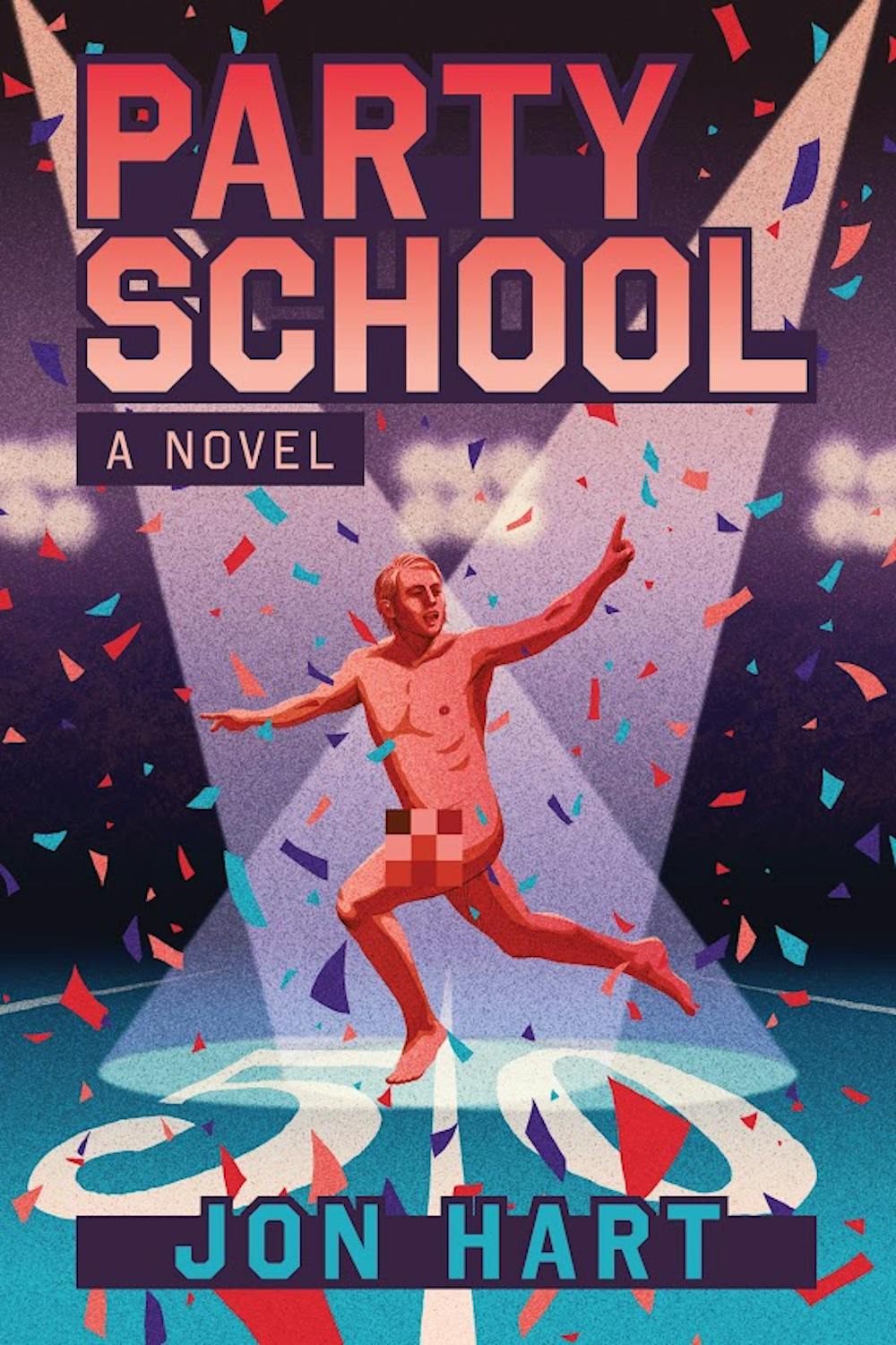Alyssa Cruz | Culture Editor
For many seniors in high school, choosing where they go to college is often the most important decision they have made thus far in their life. This can be a lot of pressure, due to a multitude of factors such as cost, distance and reputation.
More often than not, others will voice their unwarranted opinions about the school selected. This can range from “that's my alma mater, love it there,” to “with all your talent, are you sure you want to settle down there?”
According to VOA News, 28% of Americans regret their college decision. Whether this is influenced by feeling like the school they chose is inferior, there is no way of knowing.
For many Ohio University students, chances are they have heard the fateful words: “OU? You know that's a party school, right?” Whether this inquiry is good-natured or not, it suggests the school is subpar when it comes to academics and quality education.
Although this is far from the truth, these snide comments can have an effect on how incoming freshmen feel about their future collegiate careers. Of course, OU students are not the only ones who have to navigate ¨school shaming,¨ as there are thousands of other schools out there that have a similar reputation.
It is for these reasons that Jon Hart wrote his debut novel, “Party School.” Although fiction in nature, the themes discussed are very real and pertinent to college students today.
For Hart, the motivation to write this novel lay in addressing these injustices through a told story. More specifically, how the responses from adults affect students.
“I was very, very young and there were adults talking and they said, ‘well, you know, I could have had someone who went here,’” he said. “For whatever reason, that always stood out, (as such) a harsh thing to say. I thought later that maybe that's been spinning around (in my head), and I just let it loose with this.”
The book centers around Dylan Mills, a recent high school graduate entering his freshman year at the fictional North South. North South is known around his town as the inferior choice and “safety school” by many. He navigates all the classic problems college freshmen face such as having to address his high school relationship, clingy parents and finding where he fits in the college scene.
The novel includes some funny elements such as Dylan not understanding the significance of “420” and the introduction of dimwitted but lovable characters such as “Quarters” who is in his 25th year at the university.
However, more serious topics are discussed as well. Themes such as hazing and saying goodbye to certain seasons of one’s life weave themselves throughout the story. Hart said that this was the goal, but it is really up to the readers to decide how they feel once they finish the novel.
“Now the lesson, I think is stronger than the humor, but I'll let the readers interpret it,” Hart said.
Although a New York native, Hart is familiar with OU and the reputation it possesses. However, he said he has known a couple people who have attended the university, and thinks highly of it as an academic institution.
“I think of OU as a very good school,” Hart said. “They have so much to offer.”
“Party School” never mentions a real university as well as fictionalized Mills’ hometown which is the birth of a lot of the snobbiness. Hart said this was on purpose in order to contribute to the notion that school names often hold too much merit.
“I'd rather not get into naming the schools because it just overpowers the whole thing,” he said. “That's when people start comparing and contrasting, and it just becomes like a snob fest.”
Hart said that if he had to sum up the novel in one sentiment it would be this:
“It's not the brand of the school,” he said. “It's the character of the students.”






